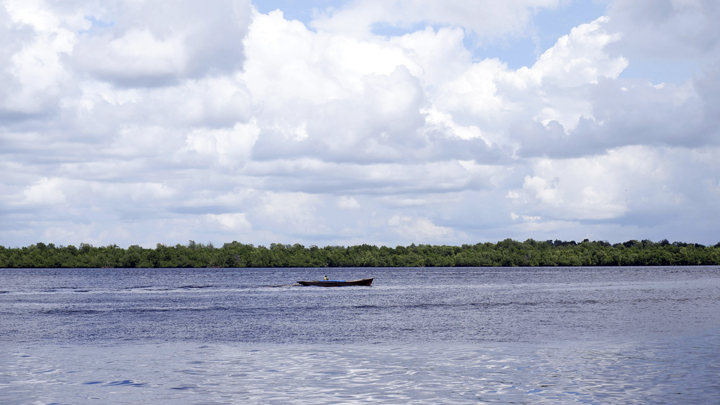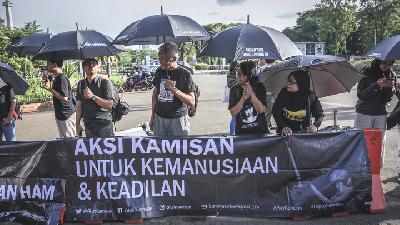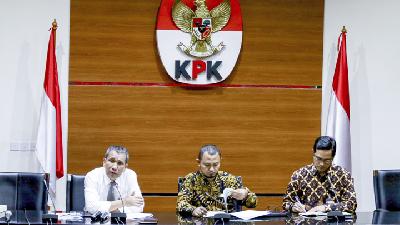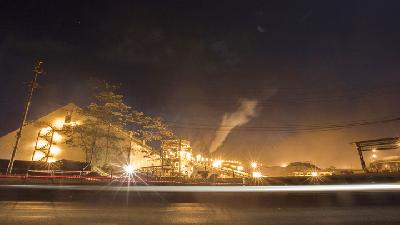A Cornucopia of Crabs and Honey
Tuesday, January 22, 2019
arsip tempo : 171400844027.

Forty-year-old Hermansyah seemed happy when he showed us the six crabs he had caught, each around 10 centimeters in length. “This is grade A. The selling price is Rp70,000 per kilogram,” said the chairman of Batu Ampar’s Village Forest Managing Agency (LPHD) in Kubu Raya, West Kalimantan, at the end of November.
The crabs were harvested by fishermen in the Batu Ampar village’s mangrove area within the Bentang Pesisir
...
Subscribe to continue reading.
We craft news with stories.
 For the benefits of subscribing to Digital Tempo, See More
For the benefits of subscribing to Digital Tempo, See More











